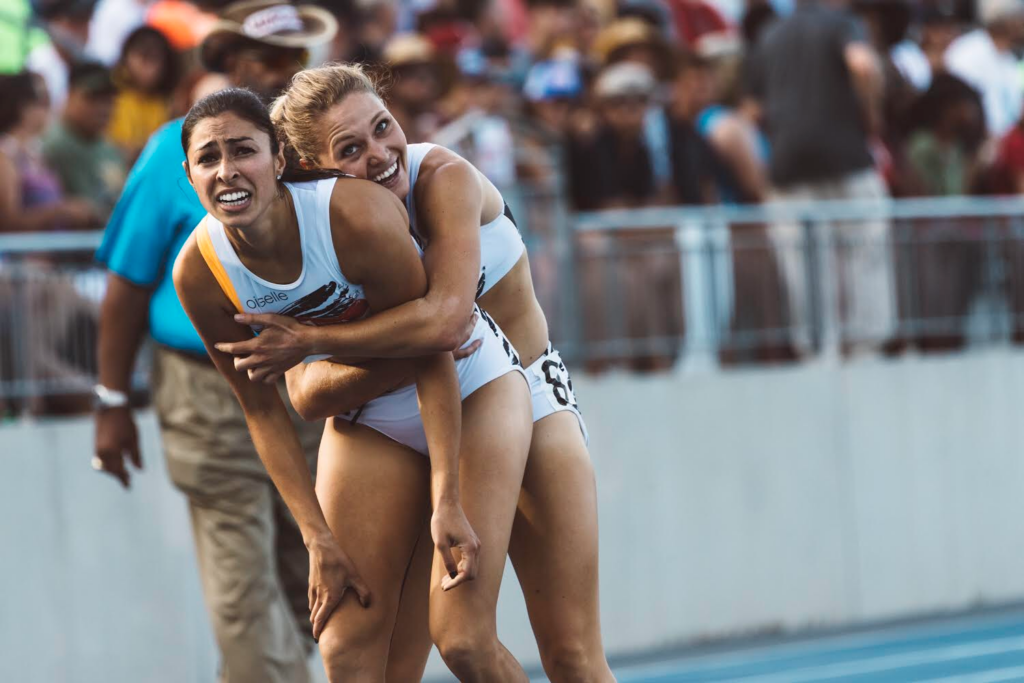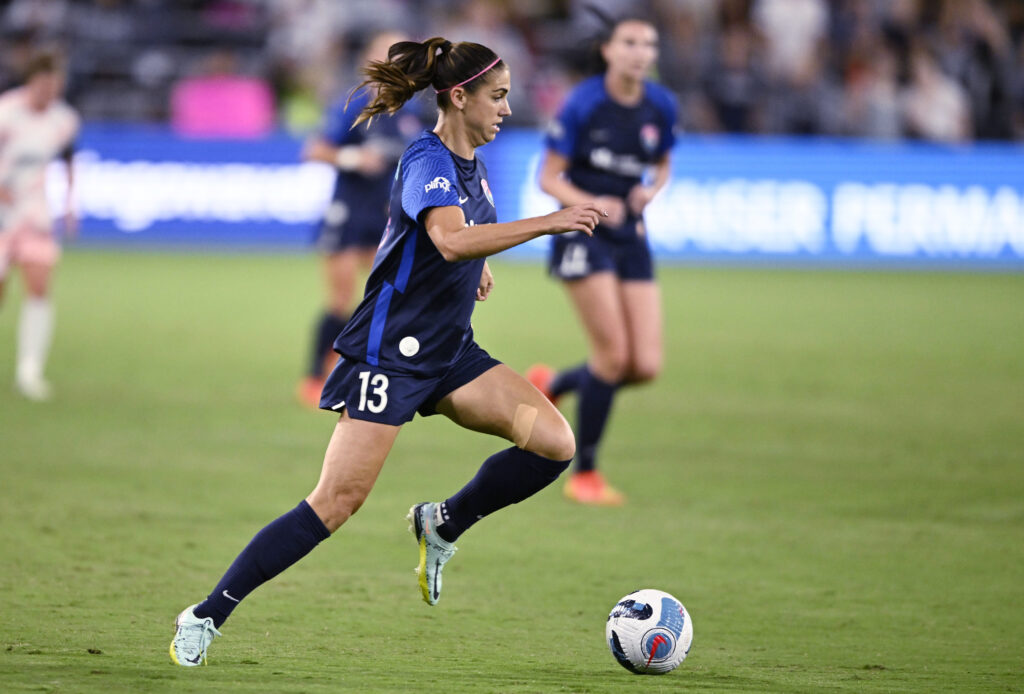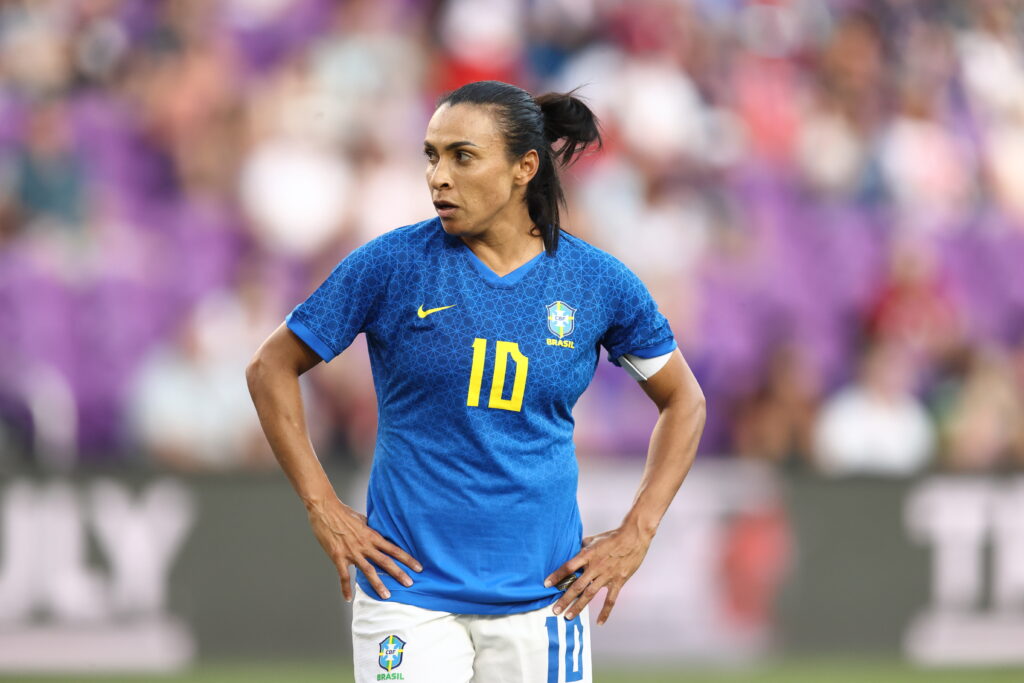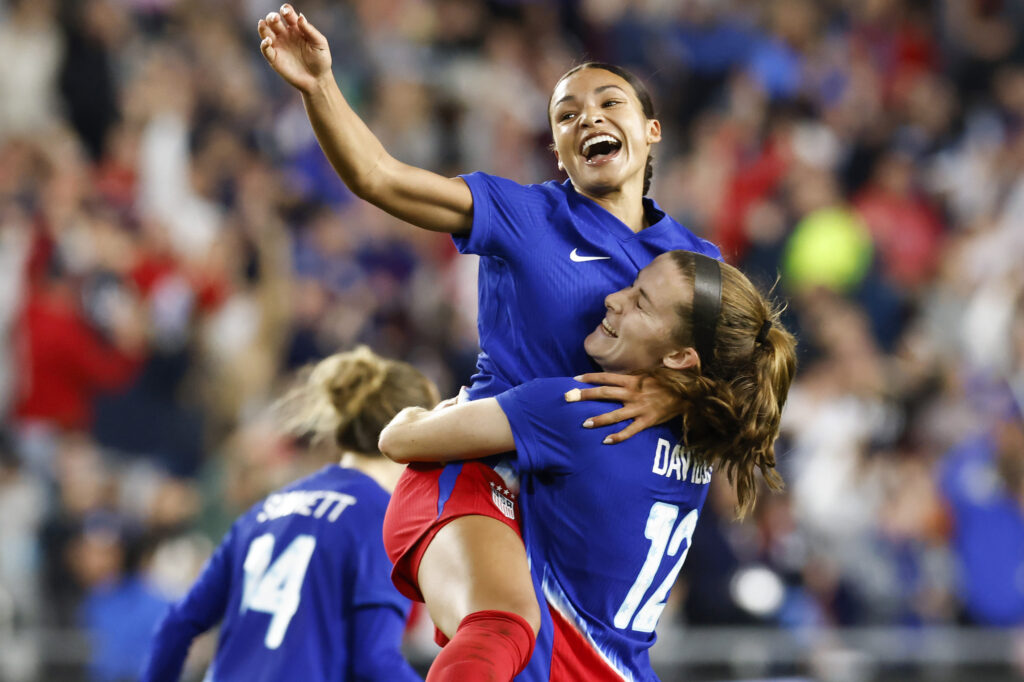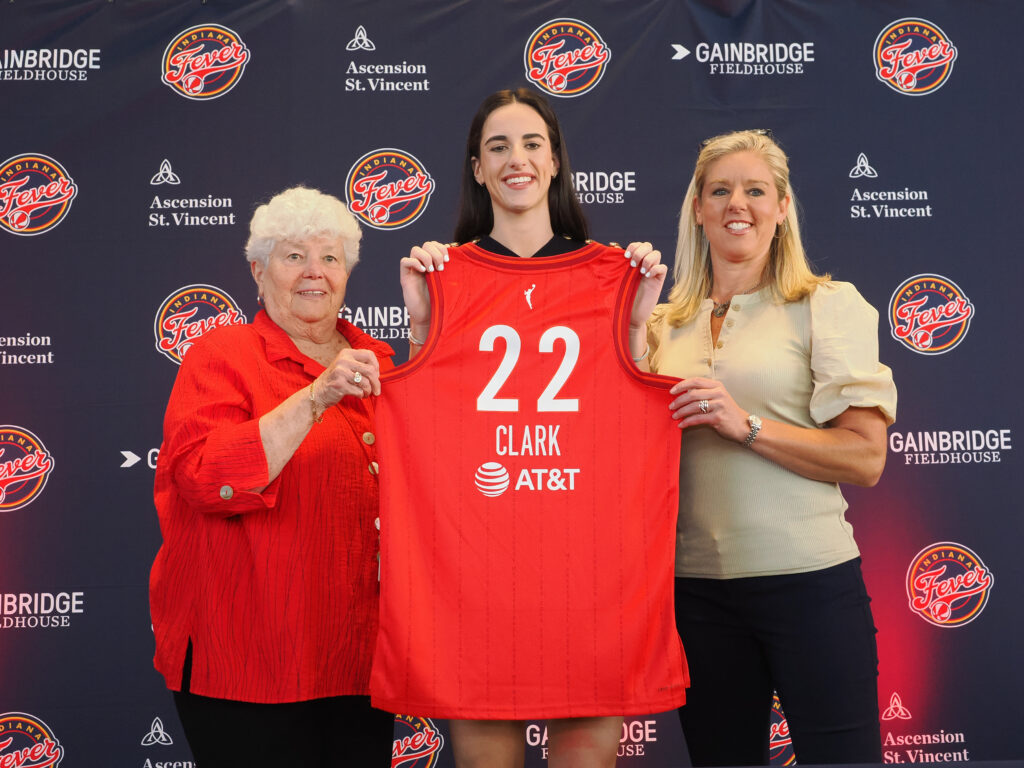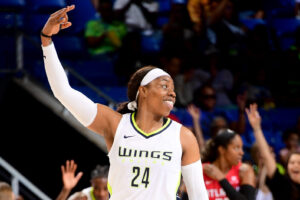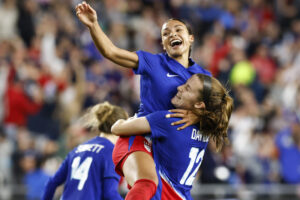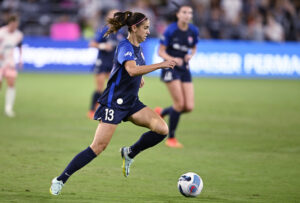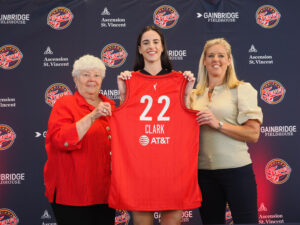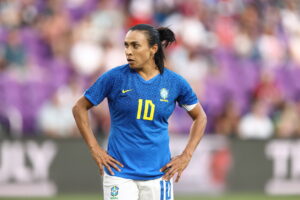“I’ll never be an Olympian,” I wrote. “But I hope you remember me for being a great teammate that was always there when you needed me.”
In my mind, this was a resignation letter to my teammates. I had already sat out of my senior cross country and indoor track seasons with an injury, and it was unlikely that I’d be healthy enough to compete in the outdoor track season either.
I had come to Stanford with big hopes, dreams, and expectations. But with just a few months left in my final season — after five years of nagging injuries that sidelined me for most of my college career — I faced the realization that my dreams would remain just that. I was not going to achieve my running goals. At the very least I could take solace that I had aided in others’ successes.
Coming to terms with this was incredibly difficult.
After my first stress fracture freshman year of college, I decided that I needed another outlet. I doubled down on my schoolwork, diving headfirst into my International Relations major. I took courses on everything from the Israel-Palestine conflict to water treaties in India and Pakistan. I interned at the United Nations and U.S. Department of State, and I was mentored by the likes of former U.S. Ambassadors and Secretaries of State. My athletic career wasn’t going how I hoped it would, but luckily, Stanford had a lot to offer outside of track and field.
Fast forward a few years. My final outdoor track season was beginning and, to my surprise, my latest injury had healed faster than anyone expected. Somehow, I was healthy.
But healthy and fit are two different things. I hadn’t run in nearly two months, and in a sport that demands consistency, I was pretty far off the mark. I knew my chances of success were low, but I had one last opportunity to see what I could do. A “hail mary” if you will. I was willing to put myself out there and try. I had to. If not for anything else, then for my teammates, to show them it was possible to be brave and bounce back.
By the time the first race of the season rolled around, I had run on the ground only nine times. I raced to marks in the 1500 meter that in fitter times of my career would have been pedestrian paces. But by the end of the season, and “racing” my way into shape, I had begun to find my stride and narrowly qualified for the regional championship.
The meet was held in Austin, Texas, where it was 100-degrees and 99% humidity. Adversity, though uncomfortable, played to my advantage. Over the next two days, I dove at the finish line twice, nabbing fifth place in both heats. It took everything I had, but I managed to advance to nationals.
At nationals, I had imposter syndrome, and I had it bad. I knew I was less fit than my competitors, and I had a gnawing feeling that I didn’t belong. But in the semi-final race, I pulled out my diving finish once again, crossing the line just ahead of a former NCAA champion to secure a spot in the final.
To say that I wasn’t expecting this would be an understatement. I was ranked 127th in the NCAA coming into postseason competition — a blip on the radar considering my injuries. But there I was in the top 12, my chances at becoming a national champion the same as everyone else lining up beside me.
I remember walking up to the line, the sound of the starter gun, the burst of adrenaline as I took my first strides. With 400 meters to go, it was anyone’s race. 10 of us flew around the final curve, and six of us swished across the finish line.
Time doesn’t actually slow down at moments like this, but you have a moment-to-moment awareness of your surroundings that’s hard to describe. Everything — the crowd at Hayward Field, the other five runners on my sides, the injuries, the lack of fitness, all of it — faded into the background for a few seconds as I stretched every fiber of my being across the line.
In unison, we all turned our heads to the scoreboard. Turned out I was sixth.

I sighed in disbelief — I was so damn close, just tenths of a second from a national title. But I was in it. I had a shot.
I was proud of my two-month journey from middling prospect to championship contender, but I can’t pretend I wasn’t disappointed. Years of injuries had made me a more well-rounded person and a better teammate, but that experience — jumping into the outdoor season out of shape and unprepared, only to find myself an arm’s length away from being a national champion — reignited a flame that I thought had long been extinguished. For the first time in years, I felt the old hopes and dreams creep back in.
I had told my teammates that I would never be an Olympian. But that no longer sat right with me.

In the fall of 2018, I moved to Bend, Oregon, to join Littlewing Athletics, a unique running club with an all-female roster, a female coach, and a women’s athletic brand (Oiselle) as our primary sponsor. Our coach, Lauren Fleshman, fosters an environment that prioritizes health and happiness over performance. As an athlete who had been plagued with injuries for so many years, I needed this health-first holistic approach.
That first fall in Bend I worked harder than I ever had. I ran more miles, did harder and longer workouts, and spent hours each week in the weight room reteaching my body how to move. But I also worked smarter, which was necessary, as the months to follow were a total whirlwind.
I tried out a new event, and it worked out great. Most distance runners move up in distance as they get older, but I tried the opposite approach, and competed in a shorter distance (the 800 meter). I ran personal bests all spring and summer, and qualified for the US Championships final in the 800 meter, in my first year of competing in the event.
By the end of the meet I had finished 7th in the country. I then raced all over Europe, and won every race I stepped to the line in. I went to the most prestigious road mile in the world and finished on the podium. It felt like I was living off pure adrenaline, month after month.
It’s now 2020, and after another fall of hard work and countless miles, it’s officially an Olympic year. The trials are only months away.
I want to make the team, though with how competitive American women’s distance running is, I know it’s a long shot. I won’t define my success on whether I make the team or not, but you can be sure that I’m going to go for it. I know from my own experience that you can’t ever predict what kind of magic might happen when you give yourself a chance in a big race.
There is something very special in testing the limits of your body— it is truly a privilege to get to do. To still compete all these years later. No matter the outcome, this journey has been so worth it. I will be forever grateful that Littlewing and Oiselle took a chance on me, and even more so that I took a chance on myself to go after a dream.
